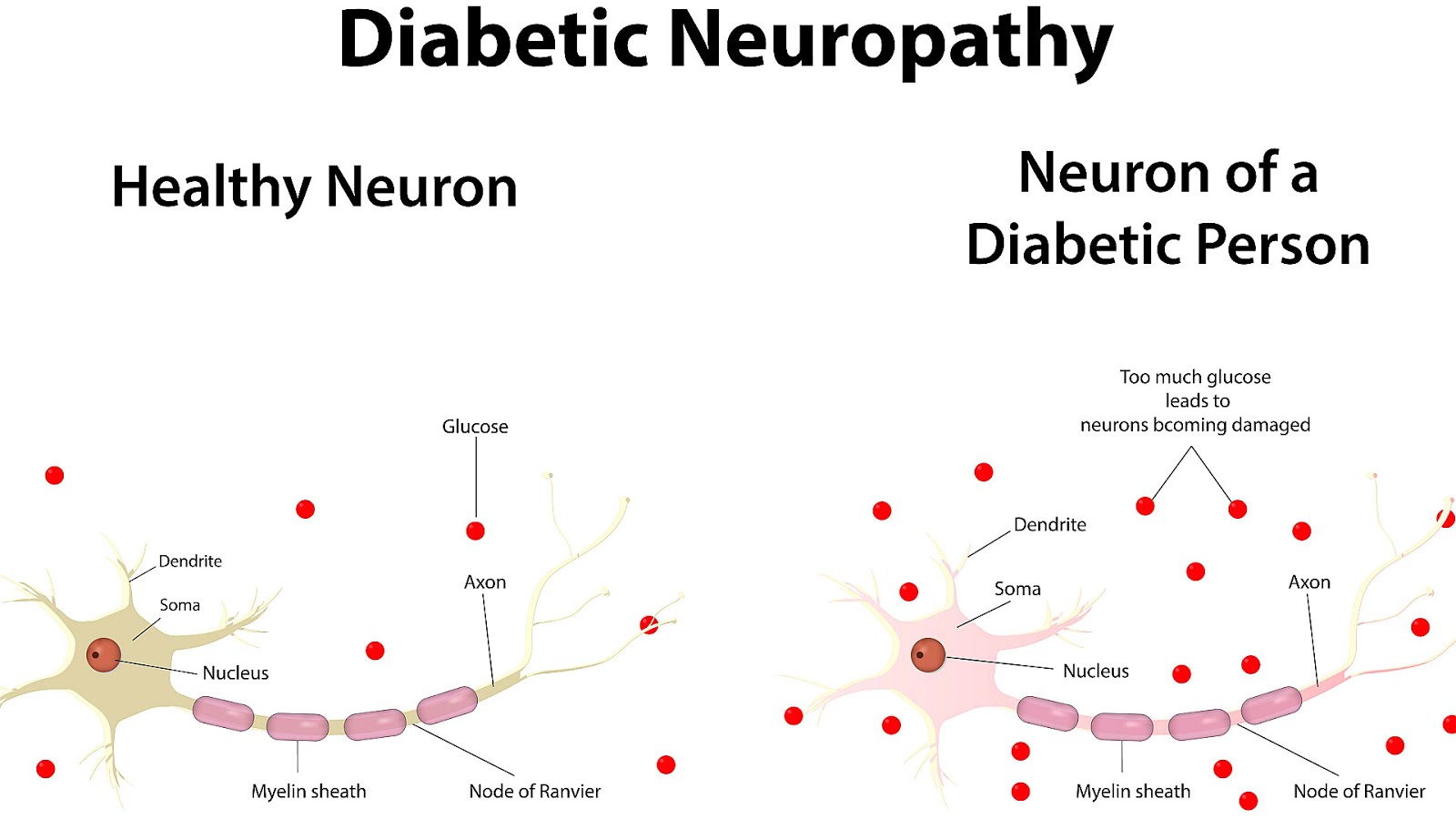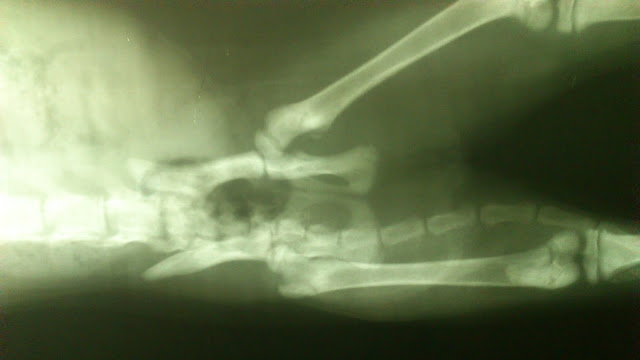Understanding the Bearded Dragon Hind Legs: How to Spot, Treat and Prevent Common Issues
Introduction
Bearded dragons are fascinating creatures! Their unique look, docile demeanor, and easy care requirements make them a popular choice among pet owners. One of the most distinctive features of bearded dragons is their hind legs. These are powerful limbs that allow these reptiles to move around and explore their environment. But what happens when there is a problem with their hind legs? In this blog post, we’ll discuss some of the common issues with bearded dragon hind legs, how to spot them, and what you can do to keep your pet healthy and happy.
Anatomy of Bearded Dragon Hind Legs
Before we dive into the details of common issues, let’s understand the anatomy of bearded dragon hind legs. Bearded dragons are quadrupeds, which means they walk on four legs. Their hind legs consist of several key parts including bones, muscles, tendons, and ligaments. At the top of the leg, you will find the femur, which connects to the hip socket. The femur then connects to the lower leg bone, called the tibia. The ankle joint connects the tibia to the foot, which has several small bones including the metatarsal bones and digits or toes.
Common Issues with Bearded Dragon Hind Legs
Bearded dragon hind legs can develop problems due to a variety of reasons. Some of the most common issues include:
- Metabolic Bone Disease (MBD)
- Gout
- Muscle and Tendon Injuries
- Nerve Damage
- Gastrointestinal Problems
- Impactions
- Joint Dysplasia
- Mites or Parasites
Metabolic Bone Disease (MBD)
Metabolic bone disease, also known as nutritional secondary hyperparathyroidism, is a condition that results from calcium, phosphorus, and/or vitamin D3 deficiencies. This can lead to weakened bones, fractures and deformities, including bowed legs. MBD can cause a range of problems with bearded dragon hind legs, including muscle tremors, twitching, and spasms, and even paralysis.

Gout
Gout is another condition that can affect bearded dragon hind legs. This happens when the kidneys can’t process excess uric acid, which then crystallizes in the joints, resulting in pain and stiffness. Gout can cause swollen, red joints and make it difficult for your pet to move around.

Muscle and Tendon Injuries
Like humans, bearded dragons can strain or sprain muscles and tendons in their hind legs. This can happen due to falls, improper handling, or even a lack of exercise. Muscle and tendon injuries can cause your pet to limp, hop or favor one leg.

Nerve Damage
Nerve damage can lead to paralysis or weakness in the hind legs. This can be caused by a range of factors, including tumors, infections, or metabolic disorders.

Gastrointestinal Problems
Gastrointestinal problems such as impactions, which occur when your bearded dragon ingests something they can’t digest or pass, can lead to issues with their hind legs. Impactions can cause discomfort and pain, making it difficult to walk normally.

Joint Dysplasia
Joint dysplasia is a type of inherited condition affecting a dog’s bones and their ability to move normally. This can be an issue in bearded dragons as well, causing them to struggle with moving their hind legs.

Preventive Measures and Treatment
Prevention is always better than cure when it comes to bearded dragon hind legs. Here are some things that you can do:
- Ensure a healthy diet, with calcium and vitamin D3 supplements.
- Maintain the right temperature and humidity level in their habitat.
- Provide appropriate substrate and habitat furnishings.
- Handle them with care, avoiding any sudden impact.
- Take your bearded dragon to the veterinarian regularly for check-ups.
When it comes to treating hind leg issues, the treatment will depend on the underlying cause. For bone-related conditions, like metabolic bone disease and gout, dietary adjustments and medication may be necessary. Muscle and tendon injuries may require rest and anti-inflammatory drugs. Surgery may also be necessary in some cases.
Conclusion
As a bearded dragon owner, you want your pet to be healthy and happy. Hind leg issues can cause discomfort, pain, and even paralysis, so it’s important to take preventative measures and seek treatment if necessary. By keeping an eye on your bearded dragon’s hind legs, you can spot issues early and take the right steps to ensure their well-being.
